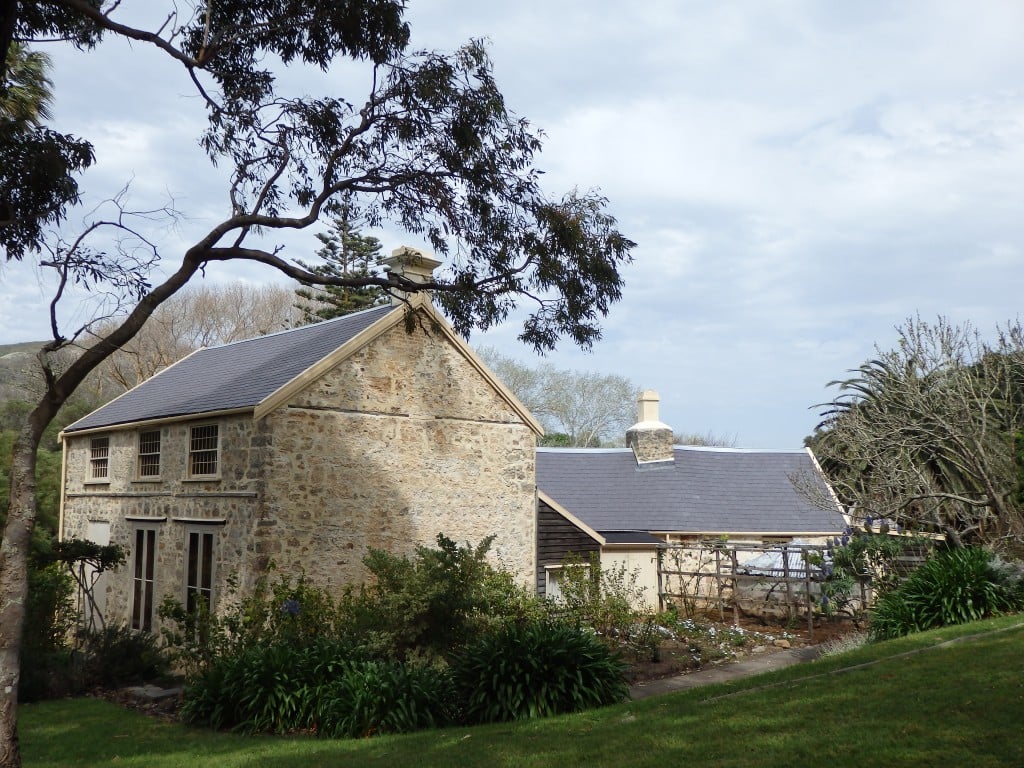

The interiors of Walpole's "little play-thing house" were intended to be "settings of Gothic 'gloomth' for Walpole's collection".

On the right-hand page is the gothic detail " The same lady Digby, as she was found dead in her bed " Interior and collectionĢ-page spread from Walpole's A Description of Strawberry-Hill, 1774, itemising his collection. This style has variously been described as Georgian Gothic, Strawberry Hill Gothic, or Georgian Rococo. Walpole's 'little Gothic castle' has significance as one of the most influential individual buildings of such Rococo "Gothick" architecture which prefigured the later developments of the nineteenth century Gothic revival, and for increasing the use of Gothic designs for houses.
STRAWBERRY HILL PROFESSIONAL
The first stage to make, in Walpole's words, a 'little Gothic castle' began in 1749 and was complete by 1753, a second stage began in 1760, and there were other modifications such as work on the great north bedchamber in 1772, and the " Beauclerk Tower" of the third phase of alterations, completed to designs of a professional architect, James Essex, in 1776. Walpole added new features over a thirty-year period, as he saw fit. Indeed, Michael Snodin argues, "the most striking external feature of Strawberry Hill was its irregular plan and broken picturesque silhouette". The building evolved similarly to how a medieval cathedral often evolved over time, with no fixed plan from the beginning.
STRAWBERRY HILL WINDOWS
Externally there seemed to be two predominant styles 'mixed' a style based on castles with turrets and battlements, and a style based on Gothic cathedrals with arched windows and stained glass.

He incorporated many of the exterior details of cathedrals into the interior of the house. Chimney-pieces were improvised from engravings of tombs at Westminster and Canterbury and Gothic stone fretwork blind details were reproduced by painted wallpapers, while in the Round Tower added in 1771, the chimney-piece was based on the tomb of Edward the Confessor "improved by Mr. They looked at many examples of architecture in England and in other countries, adapting such works as the chapel at Westminster Abbey built by Henry VII for inspiration for the fan vaulting of the gallery, without any pretence at scholarship. William Robinson of the Royal Office of Works contributed professional experience in overseeing construction. Walpole often disagreed with Bentley on some of his wayward schemes, but admired his talent for illustration. Chute had an "eclectic but rather dry style" and was in charge of designing most of the exterior of the house and some of the interior. Bentley left the group abruptly after an argument in 1761. Walpole and two friends, including the connoisseur and amateur architect, John Chute (1701–1776), and draughtsman and designer, Richard Bentley (1708–1782), called themselves a "Committee of Taste" or "Strawberry Committee" which would modify the architecture of the building.

As such it has a claim to be the starting point of the Gothic Revival." As Rosemary Hill notes, "Strawberry Hill was the first house without any existing medieval fabric to be built from scratch in the Gothic style and the first to be based on actual historic examples, rather than an extrapolation of the Gothic vocabulary first developed by William Kent. In stages, Walpole rebuilt the house to his own specifications, giving it a Gothic style and expanding the property to 46 acres (190,000 m 2) over the years. This was intolerable to Walpole, "his residence ought, he thought, to possess some distinctive appellation of a very different character." Finding an old lease that described his land as "Strawberry Hill Shot", Walpole adopted this new name for his soon to be "elegant villa". The following year he purchased the house which the original owner, a coachman, had named "Chopped Straw Hall". Horace was under familial and political pressure to establish a country seat, especially a family castle, which was a fashionable practice during the period. In May 1747, Horace Walpole took a lease on a small 17th-century house that was "little more than a cottage", with 5 acres (20,000 m 2) of land from a Mrs.


 0 kommentar(er)
0 kommentar(er)
